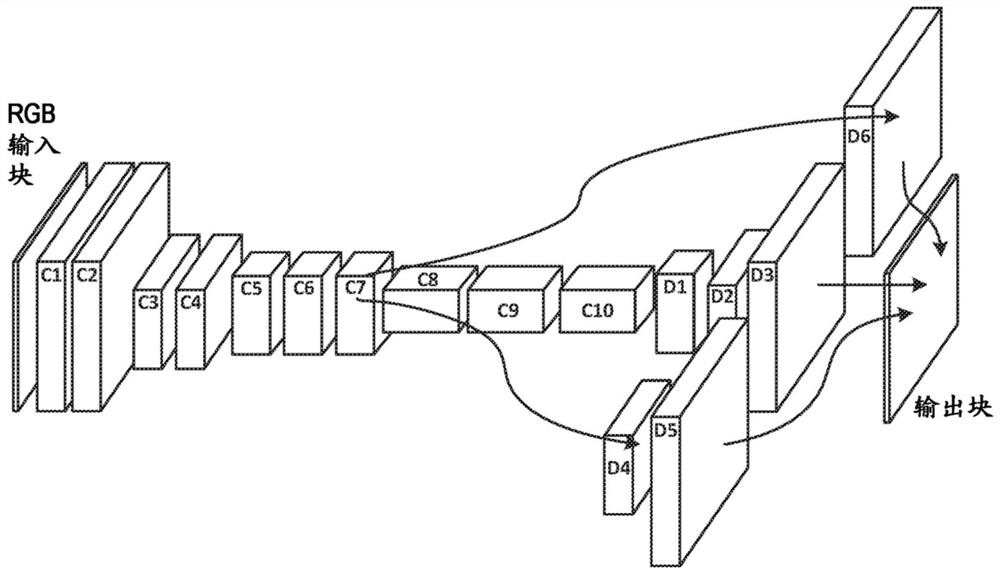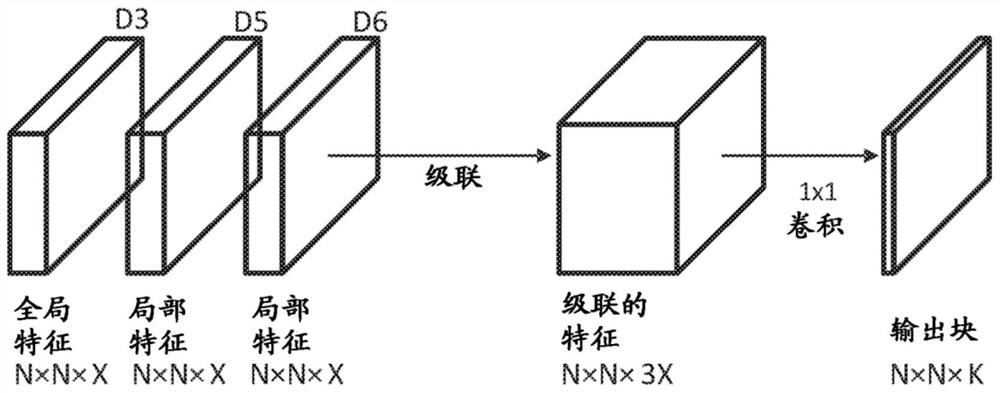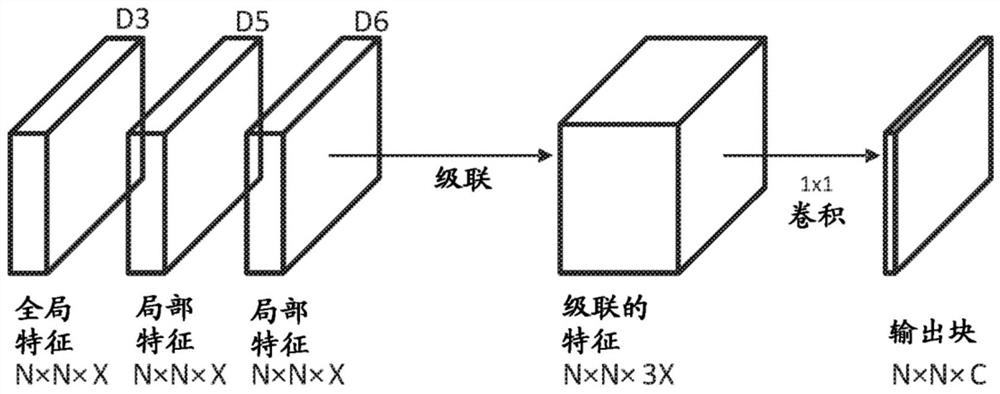Neural network based identification of areas of interest in digital pathology images
A region of interest and convolutional neural network technology, applied in biological neural network models, image enhancement, image analysis, etc., can solve the problems of tedious and error-prone detection of morphological changes
- Summary
- Abstract
- Description
- Claims
- Application Information
AI Technical Summary
Problems solved by technology
Method used
Image
Examples
Embodiment Construction
[0095] In the following detailed description, for purposes of explanation and not limitation, specific details are set forth in order to provide a better understanding of the present disclosure. It will be apparent to those skilled in the art that the present disclosure may be practiced in other embodiments that depart from these specific details.
[0096] In brief, we describe a computer-automated method for automatically detecting regions of clinical interest based on identifying regions that experienced pathologists should scrutinize. The method is based on applying a convolutional neural network that has been trained using a training data set that includes histology related to how pathologists interact with these images during diagnostic viewing using visualization applications. images and data. Interaction is measured by recording selected parameters that instruct the pathologist how to interact with the visualization of the histology image. The CNN utilizes a mapping t...
PUM
 Login to View More
Login to View More Abstract
Description
Claims
Application Information
 Login to View More
Login to View More - R&D
- Intellectual Property
- Life Sciences
- Materials
- Tech Scout
- Unparalleled Data Quality
- Higher Quality Content
- 60% Fewer Hallucinations
Browse by: Latest US Patents, China's latest patents, Technical Efficacy Thesaurus, Application Domain, Technology Topic, Popular Technical Reports.
© 2025 PatSnap. All rights reserved.Legal|Privacy policy|Modern Slavery Act Transparency Statement|Sitemap|About US| Contact US: help@patsnap.com



